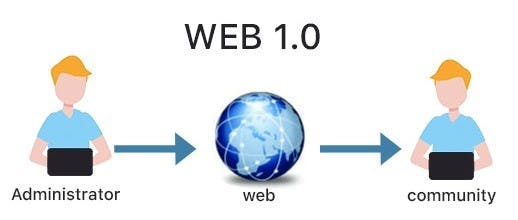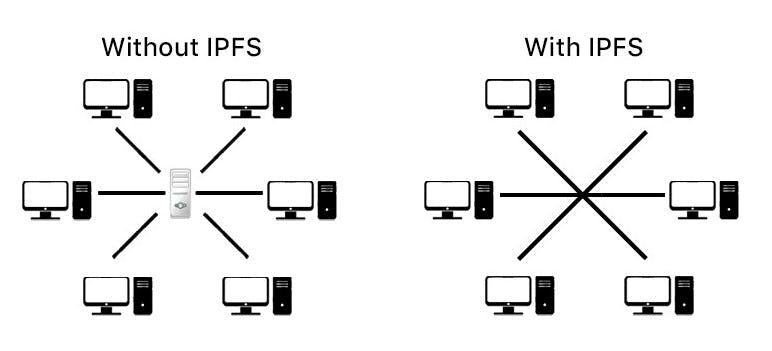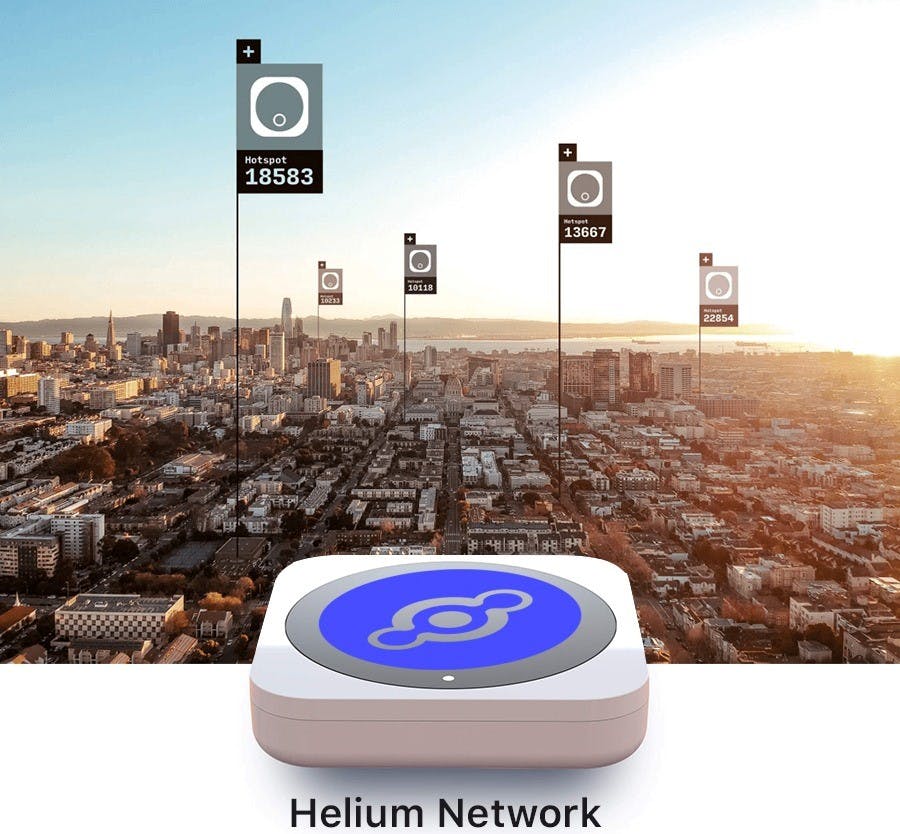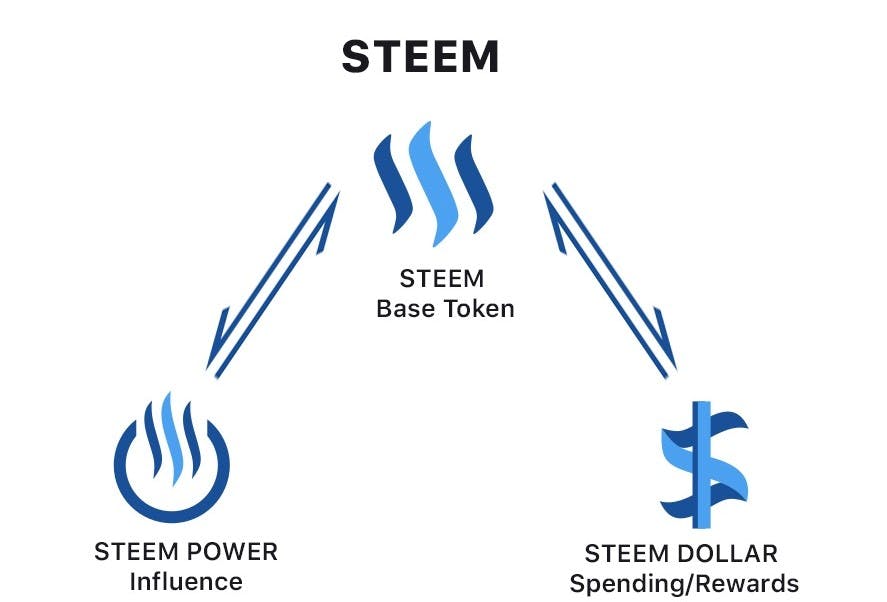When people think of web 3.0, what comes to mind for some is cryptocurrency or blockchain technology. Well, I don’t know about you, but I actually thought web 3.0 is one of the PR names given to cryptocurrency to drive adoption. However, a deep dive has made me realize that blockchain technology is just a component of web 3.0. So, let’s properly look into what web 3.0 is.
What is web 3.0?
While there has not been any standard definition for web 3.0, a very easy way to put it is that web 3.0 is the next generation of the internet that will make our web pages and applications more human-like. That is, applications can interact with us more just like we are communicating with another human. Exciting, right? Let’s go on. By embedding blockchain technology, artificial intelligence, and other components, our applications will basically become more intelligent, responsive, and informed. If you think web pages and applications are already doing this, well you are right. This is because naturally, we are moving from our conventional web 2.0 technologies towards what will become her successor. Now that we’ve established what we are expecting, let's quickly look at where we are coming from, that is web 1.0, and how we’re slowly moving into the next generation of the web.
Web 1.0, 2.0 and 3.0
Web l.0 was the first version of the web. Web portals then were basically static pages that allow users or businesses to showcase their portfolio, business details, and what they have to offer. The goal then was really to eliminate the challenge of distance and make information about a particular product or service accessible. So it was more like an internet magazine.

Web 2.0 came shortly after web 1.0 and we are still in her era. Unlike the former, web 2.0 is dynamic as it allows great input from users. It also gives users the privilege to create their own content. Web 2.0 gave birth to the likes of Facebook, Twitter, et al. Major concerns about web 2.0 however have been the rise of privacy, centralization, and the fact that users don’t own their own content or decide what they want to do with it. When it comes to privacy, we’ve also heard the news of users' data being exposed to other third-party companies. Some of these third-party companies even buy these data so as to tailor adverts and promotions to drive their sales thereby increasing revenue. While these may not be a source of concern to some person or in some jurisdictions, it is for others. Centralization is also another limiting factor in web 2.0, what happens when a company server goes out? What happens when a company's network security gets breached? These are major concerns that need to be handled and it is one of many issues web 3.0 is trying to solve.

How does web 3.0 work?
In this article, we are going to see how web 3.0 works by exploring how it is solving the problems we’ve highlighted about web 2.0. Web 3.0 mainly leverages blockchain technology and artificial intelligence.

What is blockchain technology?
In simple terms, blockchain technology is a chain of multiple devices or computers that holds or stores records of transactions or files. These devices are synced together and if a record is altered in one device, that particular device turns a red flag. This system of processing transactions or storing files makes it very secure and removes it from a central authority which is very normal in our web 2.0 era. Also, since data does not reside on one centralized server, the issue of data sales can be greatly limited as it’s not in the custody of one server alone. One of the technologies being widely adopted for storing and sharing these files is the interplanetary file system protocol.
Interplanetary file system (IPFS) Protocols
The interplanetary file system is modeled as a decentralized system–not dependent on a centralized server–It uses the peer-to-peer relationship. In computing generally, two types of relationships exist between computers. We have the client-server relationship which is mainly adopted in web 2.0. This is what gives us the centralized server we previously highlighted. However, IPFS leverages the second relationship, which is peer-to-peer. In this system, each computer or device in the network is in the custody of a different resource. At the core of the IPFS is bitswap protocol which is responsible for the coordination of data request and access.

What is artificial intelligence?
Artificial intelligence (AI) is key to making our applications intelligent and interactive. Speech recognition, visual perception et al which are tasks normally carried out by humans are now possible for machines to do because of this technology. Together with blockchain making a major component of web 3.0, every system of human endeavor will be greatly affected. Let’s look at how both technologies can transform various human sectors.
1. Financial service
With the rise of DEFI (decentralized finance) which is a system in the blockchain space that encapsulates a variety of financial applications. These applications offer financial services to her users in the ecosystem. However, unlike traditional or centralized finance where these services are either regulated by the banks or government, DEFI applications are regulated by smart contracts. Smart contracts are a set of programs that act as intermediaries and govern transactions between various parties in the ecosystem. This makes it easy for users to access various facilities in a timely manner as long as all rules are followed. Decentralize finance services ranging from lending, trading, investing, etc. Popular DEFI examples are; · Aave · Fantom · Compound These platforms offer a variety of financial services for their users.
2. Medicals
With a decentralized knowledge base offered by blockchain, AI technology through various analyses and predictive models can offer actionable insight into existing problems. This will help in genomics, predictive medicine, etc. When healthcare organizations work together in web 3.0, they could spool and collate data to detect impending hazards or viruses. Health 3.0 has been coined after web 3.0 as a system of making medical data decentralized and accessible.
3. Nun Fungible Tokens (NFT)
NFT has caused massive disruption in how we create and showcase our art. NFT comprises various forms of art, from pictures, music, and even writings. Owners of a particular art who wish to sell their art, upload it to a marketplace through a specific process depending on the marketplace. This process is known as minting. Each art successfully minted carries a unique signature and also contains the identifier of the original artist. This makes one work unique and free of copyright. For an artwork to be purchased, the user should have the accepted token of that marketplace and should connect the wallet where the token resides to the marketplace.
Web 3.0 projects
There are various web 3.0 ongoing projects but we’ll see a few and what they are trying to solve
1. Helium network
Helium network (HNT) is out to solve internet connectivity issues for IoT devices. IoT or Internet of things devices is basically every device that can access the internet. In the past, these have been limited to our laptops and phones. However, we now have a large variety of devices that can connect to the internet ranging from household items like our bulbs, doors, fridges, etc. With this comes the challenge of connecting to the internet, these devices will be up to 75 billion in the coming years and would need to connect to the internet and with our regular data plans, this will become too expensive. This problem is what the helium network is set to solve. Helium with its native blockchain is providing a range of devices connected to the blockchain with its software or custom software from the user. These devices then provide wifi connection to IoT devices in a particular region. The user providing these connections earns in HNT which is the native token of Helium.

2. Steem
Steem is an open-source blockchain social media platform. Unlike our regular social media platform, Steem rewards all kinds of users ranging from content creators, bloggers, referrals, merchants, readers etc. People who use steem earn steem power and dollars. Steem power enables them to create more content while steem dollars which is equivalent to 1 dollars drive its use.

3. Ocean Protocol
One of the major concerns about web2.0 applications is the fact that users of certain platforms give out their data and do not have control over what is done with such data. Institutional companies sell these data to researchers, marketers’ et al for them to use to drive sales. With ocean protocol, a web 3.0 ecosystem, users now know the value of their data and can trade it on the ocean protocol marketplace. The marketplace algorithm is designed such that users have control over what is done with their data and privacy is also maintained.
4. Interplanetary file system (filecoin)
Data is being generated now more than ever before and it can only get higher. 2.5 quintillion bytes of data are approximately generated a day. This is massive, but who is storing it? The interplanetary file system is a blockchain ecosystem that rewards users who are willing to use their device to store this data. With this, the data is decentralized. Unlike our traditional counterpart–Google, Amazon, Microsoft, and Apple–IPFS is decentralized. With decentralization comes privacy, security, access, and speed. User data are readily accessible without going through the centralized means, it is secured because it’s not stored on a centralized server where if breached can pose serious harm. Filecoin token is the native blockchain token used to reward miners who are willing to create nodes that store these data.
Conclusion
The web 3.0 space is very much in its early phase. However, when we think of breaking free from different concerns such as centralization or giving content creators power over their content, web 3.0 inevitably is the answer. Web 3.0 brings endless possibilities, I hope you are excited as I am.
